(Please note: The following information only applies to information users and creators in the United States. Different laws and practices may be in effect in different contexts.)
When it comes to copyright law, the first thing you need to know is that that you own the information that you create unless you assign some or all of those rights to someone else (such as a publisher) or you waive them (such as through a Creative Commons license).
(Please note: The following text was authored with early assistance from ChatGPT.)
Copyright infringement results from the unauthorized use of protected copyrighted materials. This type of violation is a legal matter. Plagiarism, on the other hand, is about passing off someone else’s words or ideas as your own (whether the material is copyrighted or not) without giving proper credit, such as through citation. Plagiarism is an ethical violation, but not a legal one.
Giving credit to a source is generally enough to protect you from plagiarism. But even if you acknowledge that the information you are using belongs to someone else, that may not be enough to protect you from copyright violations in situations where your use of that work isn’t covered by fair use. To protect yourself from copyright violation, you need the permission of the copyright holder, preferably in writing.

